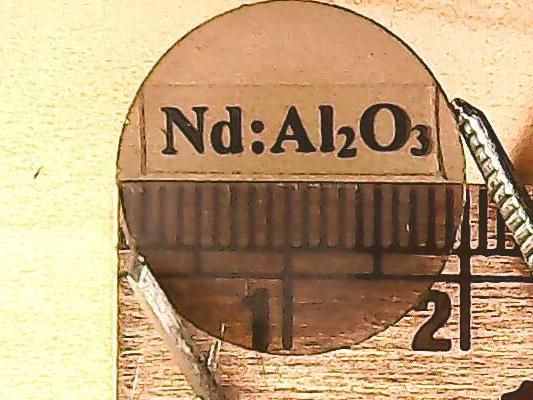Electrochemical sensor for the uncomplicated detection of "hits" on DNA chips
For one patient, a medication works perfectly, for another, not at all, a third patient suffers from side effects. Often, tiny differences in one or more genes determine the individual reaction to a drug. Fine variations in genes are also behind the antibiotic resistance of some microorganisms and the formation of tumors from healthy tissues. DNA chips are helping to detect such relationships, and may also soon be routinely used to find the right medicine for each patient. German researchers have now developed a highly sensitive, electrochemical method for the rapid and uncomplicated evaluation of such chip tests.
A DNA chip carries a large number of single-stranded DNA fragments with gene-specific nucleic-acid sequences. These DNA fragments act as sticky "fingers" when the corresponding--desired--DNA counterpart (target) is present in the trial solution applied to the chip. The complimentary DNA strand from the sample docks and binds to the finger, forming a double-stranded DNA helix ("hybridization"). But which fingers have been activated? Classical processes are mostly spectroscopic, using specific fluorescing markers that have been attached to either the finger or the target. Researchers working with Wolfgang Schuhmann, at the University of Bochum, and Gerhard Hartwich, of FRIZ biochem in Munich, thought that this should be more easily doable without the use of fluorescent markers, and chose to use an electrochemical approach. The tiny disc-shaped electrode of a scanning electrochemical microscope glides a very short distance above the gold-coated surface of the chip. The surrounding solution contains negatively charged iron cyanide complexes, whose trivalent iron ions are converted into divalent ones at the microelectrode. At the conducting gold surface opposite the electrode, the divalent ions are recycled back into trivalent ions, generating a current that is determined by the "commuter traffic" of iron species between the electrode and the chip. If the surface is covered with single-stranded DNA, the negatively charged complexes are repelled by the negative phosphate groups on the DNA backbone and have a harder time getting to the gold surface; the recycling slows down, and the flow of current is reduced. If the electrode reaches an area of double-stranded DNA, the iron complexes are faced with an even larger armada of phosphate groups. The magnitude of the redox recycling decreases still further; and a significant drop in current is registered and identified, in turn identifying those areas on the chip where DNA from the sample is trapped--where hybridization has occurred.
The team also has an idea of how a simple, inexpensive conversion for diagnostic use could look: an array of individually addressable microelectrodes could be integrated into a lid for the DNA chip. Simply shut the lid, and each electrode sends a current signal that gives information about "its" data point, the DNA spot lying opposite.
Topics
Organizations
Other news from the department science

Get the analytics and lab tech industry in your inbox
By submitting this form you agree that LUMITOS AG will send you the newsletter(s) selected above by email. Your data will not be passed on to third parties. Your data will be stored and processed in accordance with our data protection regulations. LUMITOS may contact you by email for the purpose of advertising or market and opinion surveys. You can revoke your consent at any time without giving reasons to LUMITOS AG, Ernst-Augustin-Str. 2, 12489 Berlin, Germany or by e-mail at revoke@lumitos.com with effect for the future. In addition, each email contains a link to unsubscribe from the corresponding newsletter.
Most read news
More news from our other portals
Last viewed contents

Materials processing tricks enable engineers to create new laser material
Shimadzu Scientific Publishes White Paper on Identifying Polymer Additives

Metal-based probes for detection of dopamine receptors, a cancer biomarker - Discovery can be potentially developed as a novel early cancer detection technology
Fluorotechnics appoints InterChim as sales and marketing partner for France
Heinrich Emanuel Merck Award for 2010 granted to leading Italian scientist - Professor Torsi from the University of Bari receives Analytical Sciences distinction





















































